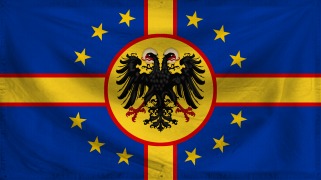Nazeroth wrote:Tracian Empire wrote:Sure, it sounds interesting!
Also, keep in mind that there might be no Caliph around, so you could potentially claim that title yourself.
As for your claim, sadly the updated map was not posted and it missed it while initially answering your claim, but Northern Morocco, Western Sahara (as the former Sahara Occidental) and the Canary Islands are reserved by Spain. The rest of your claim is alright though.
that leaves me with a bunch of dirt...lol
Spain only has the Spanish Morocco that it had in real life, you still have all the important cities of the Maghreb.






 [...]
[...] 



